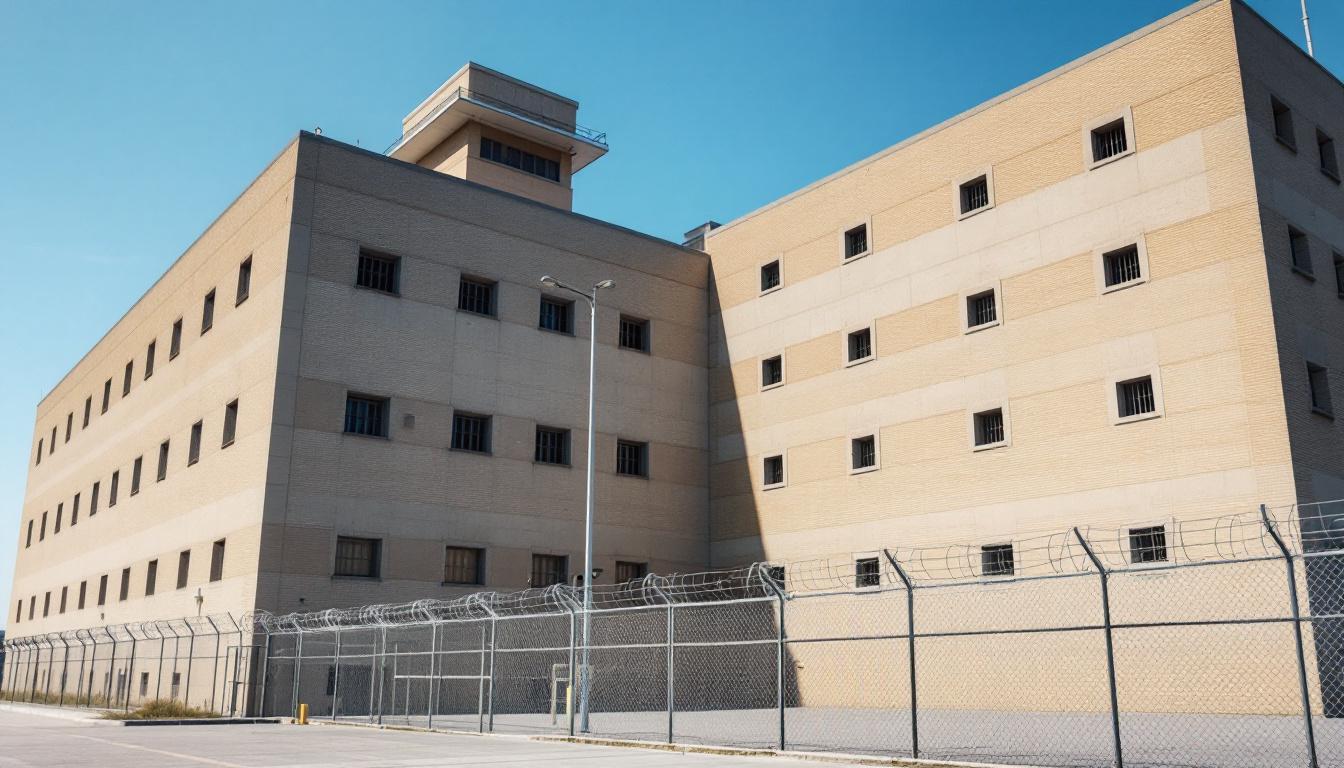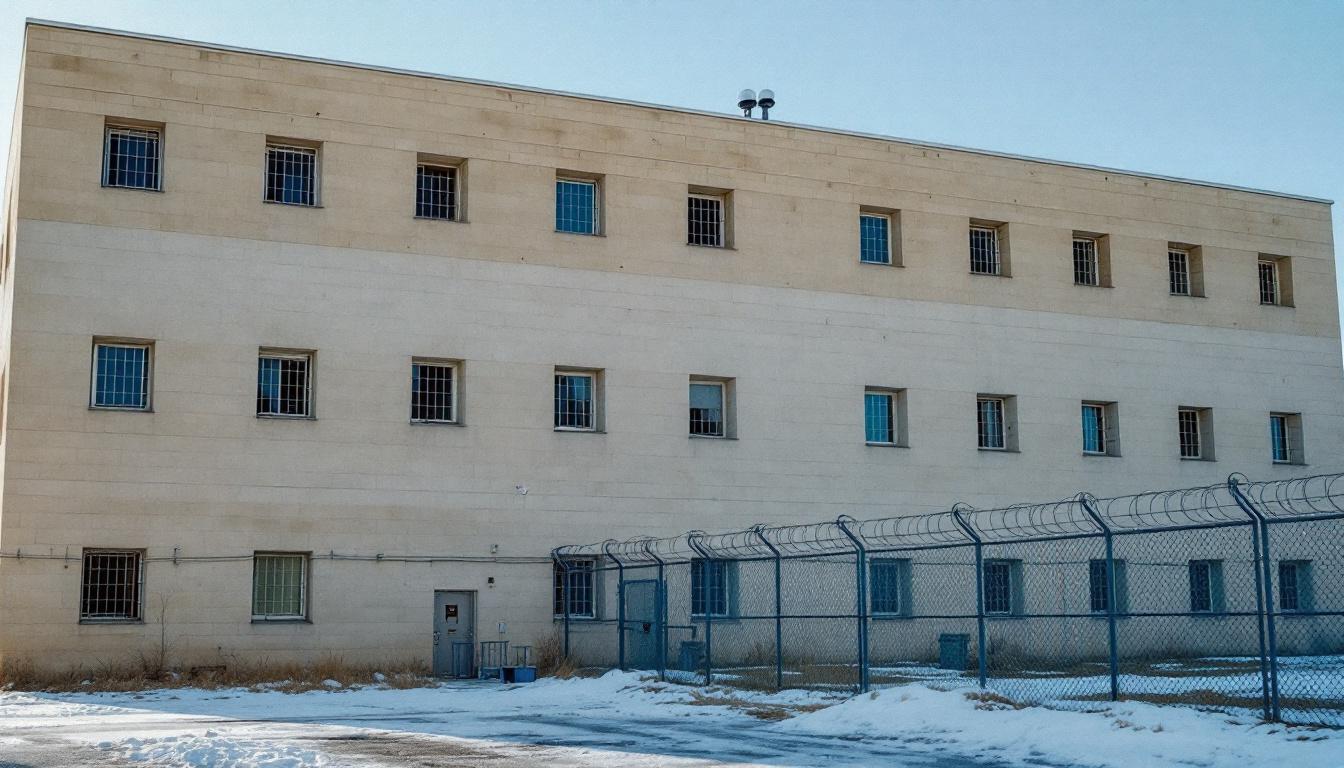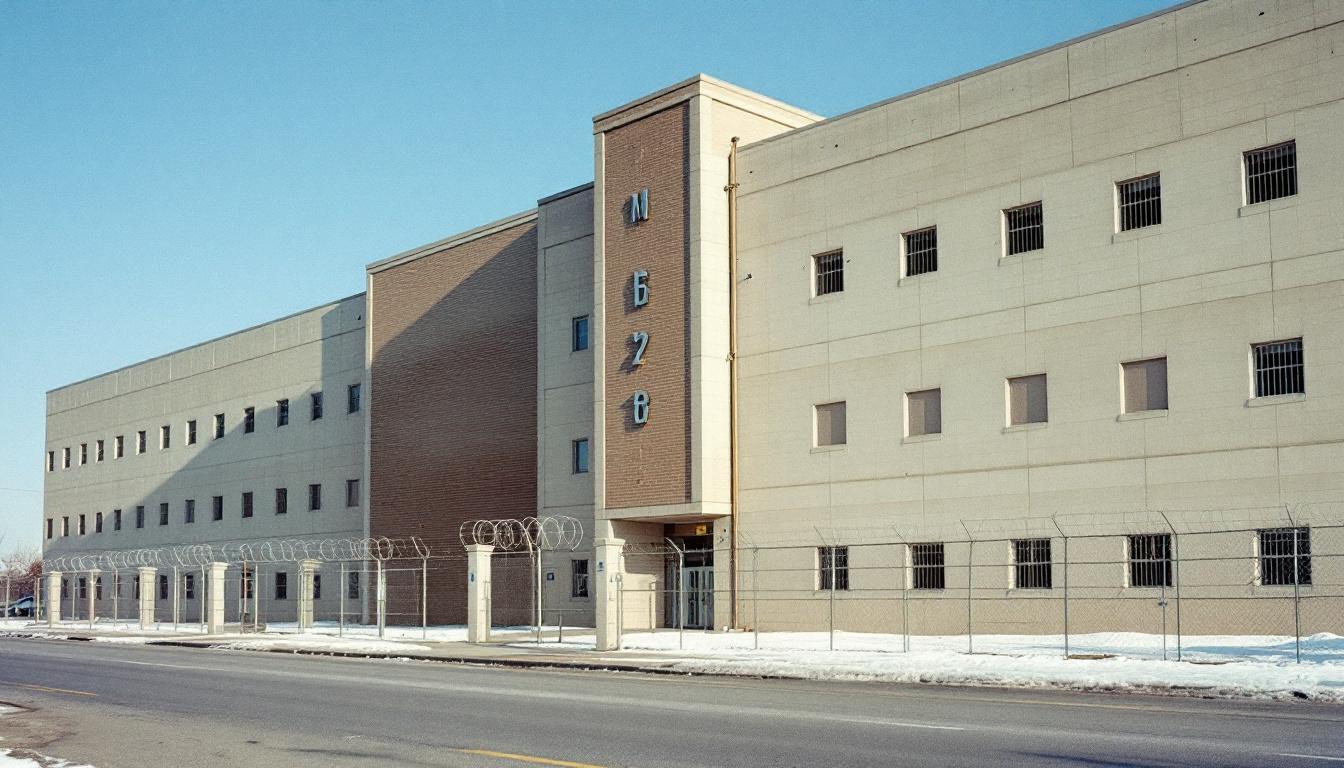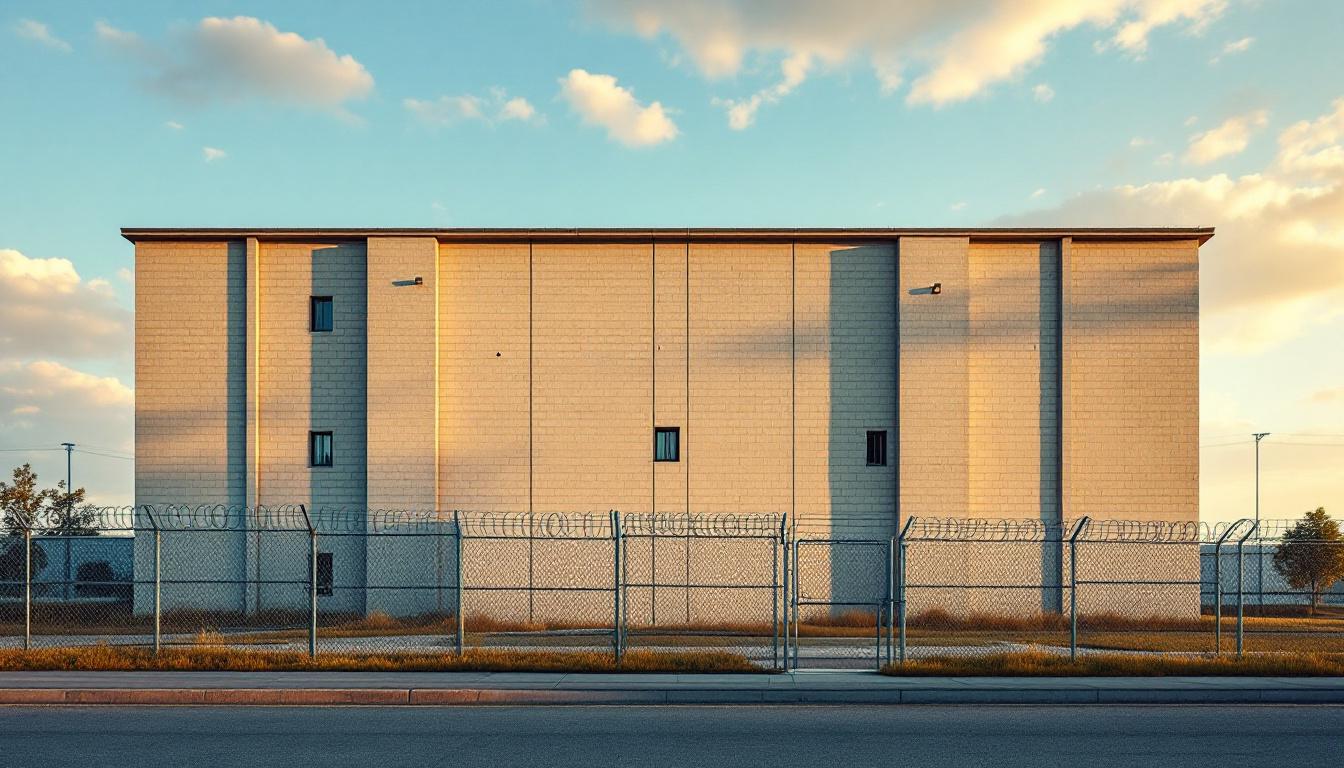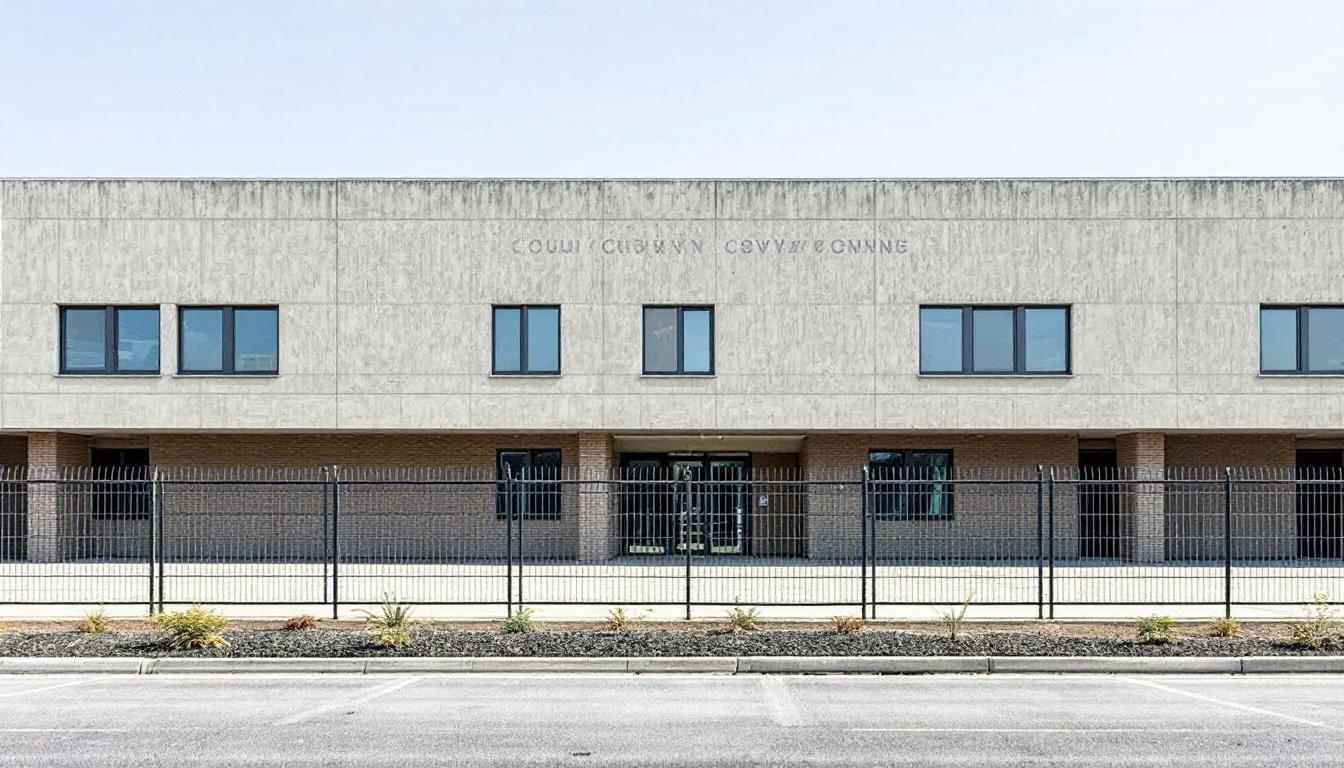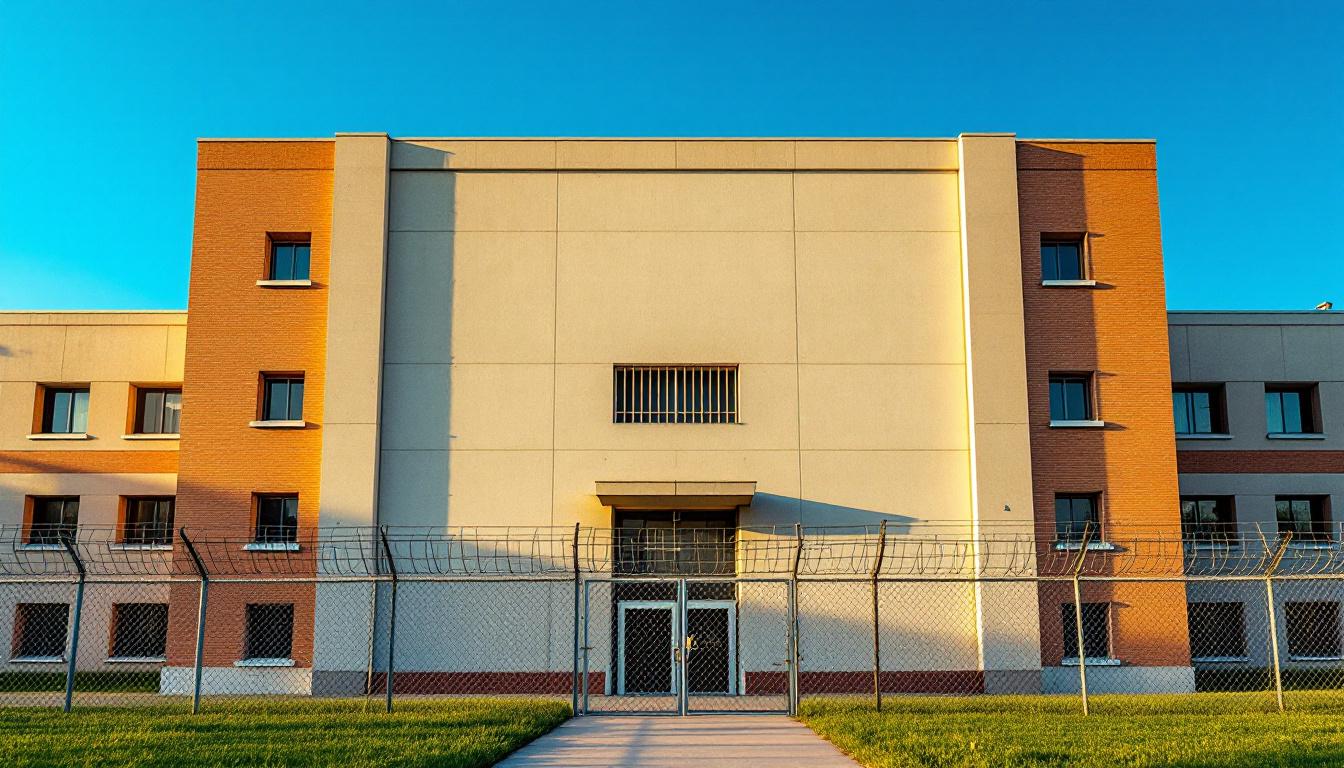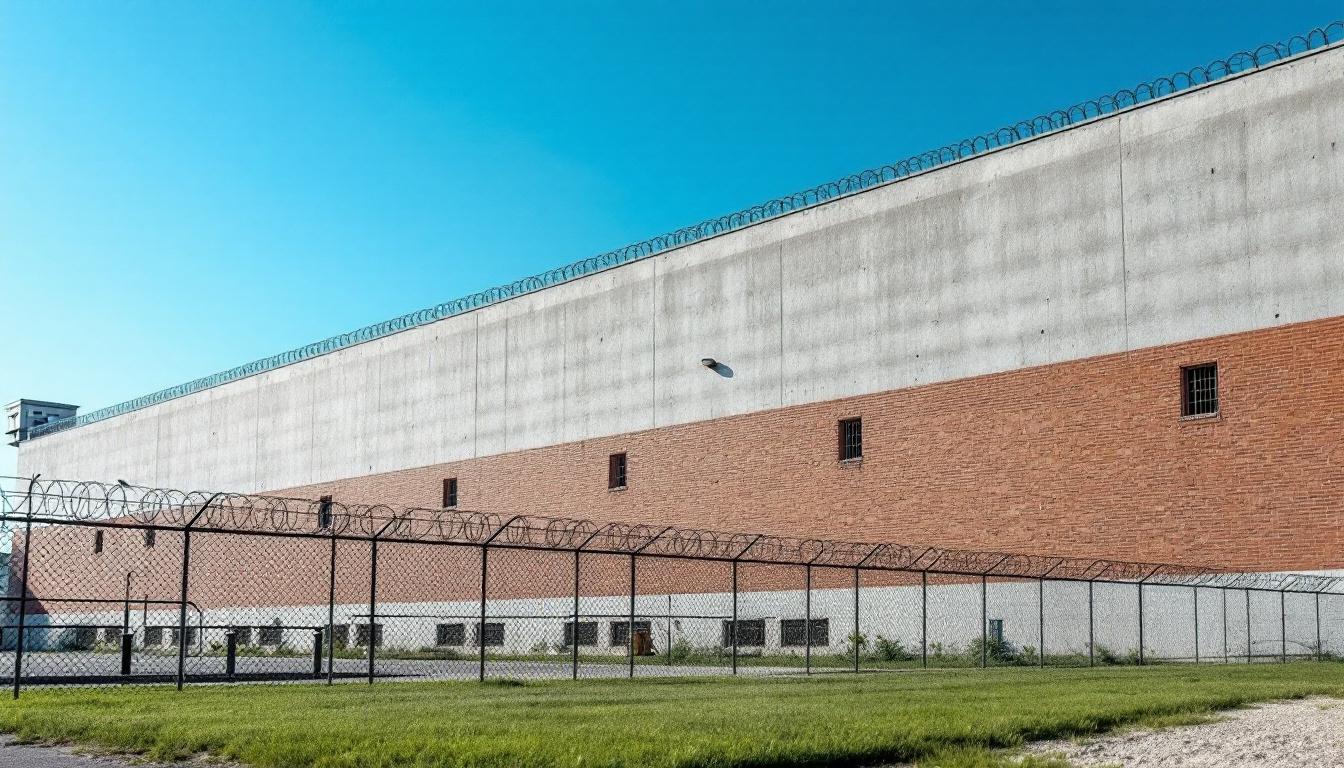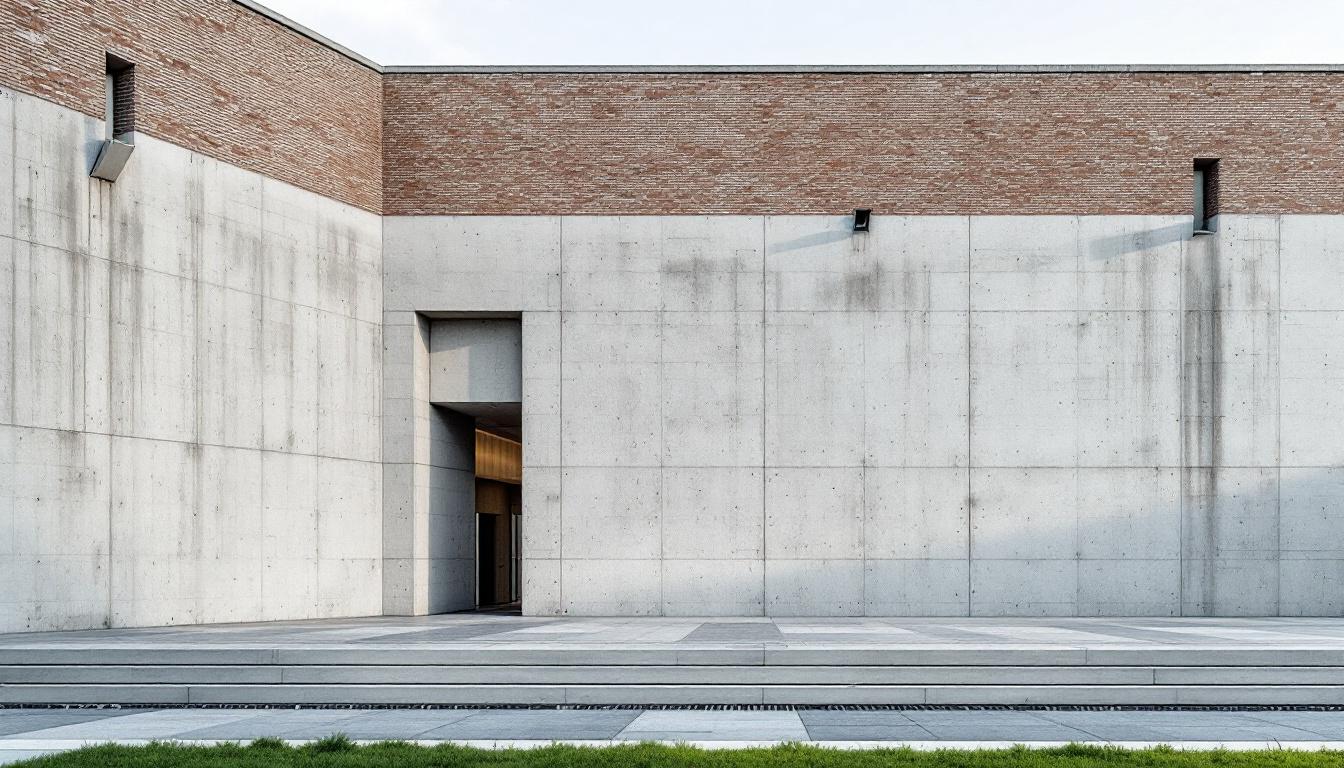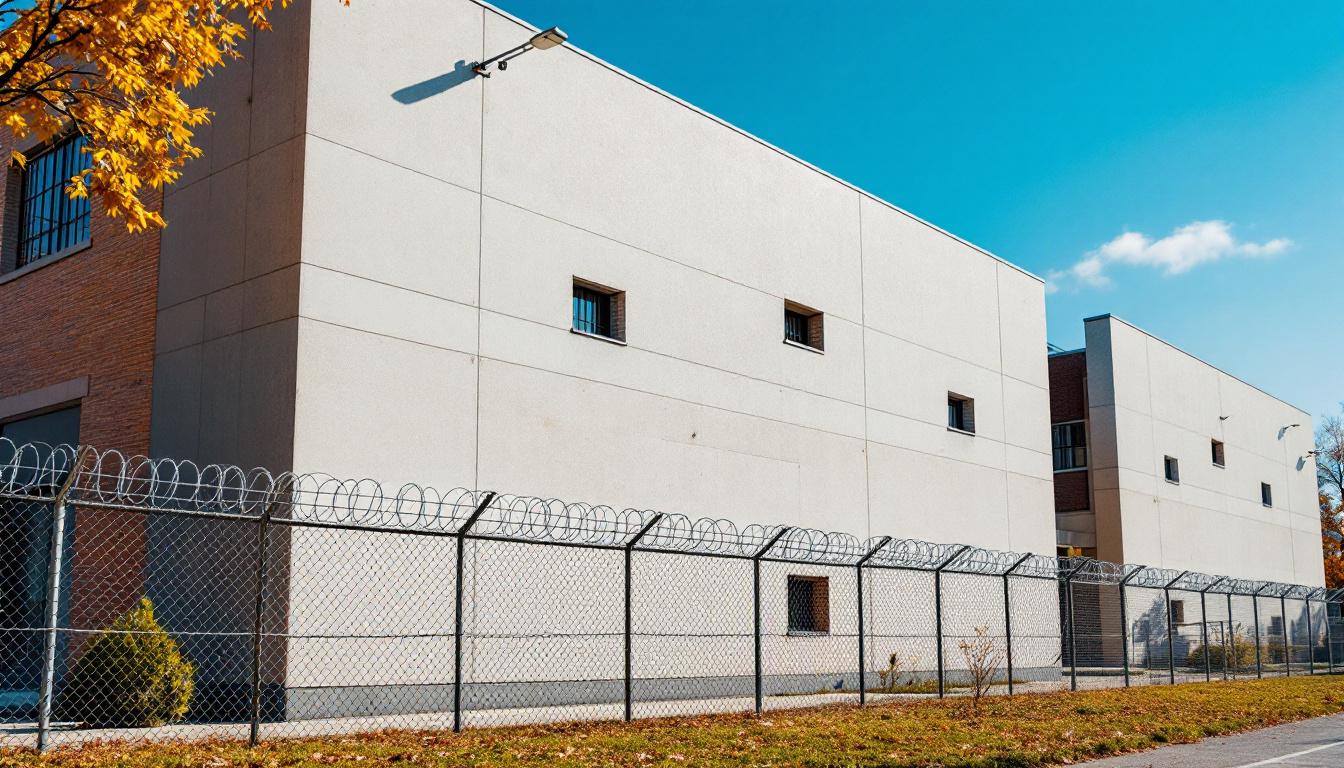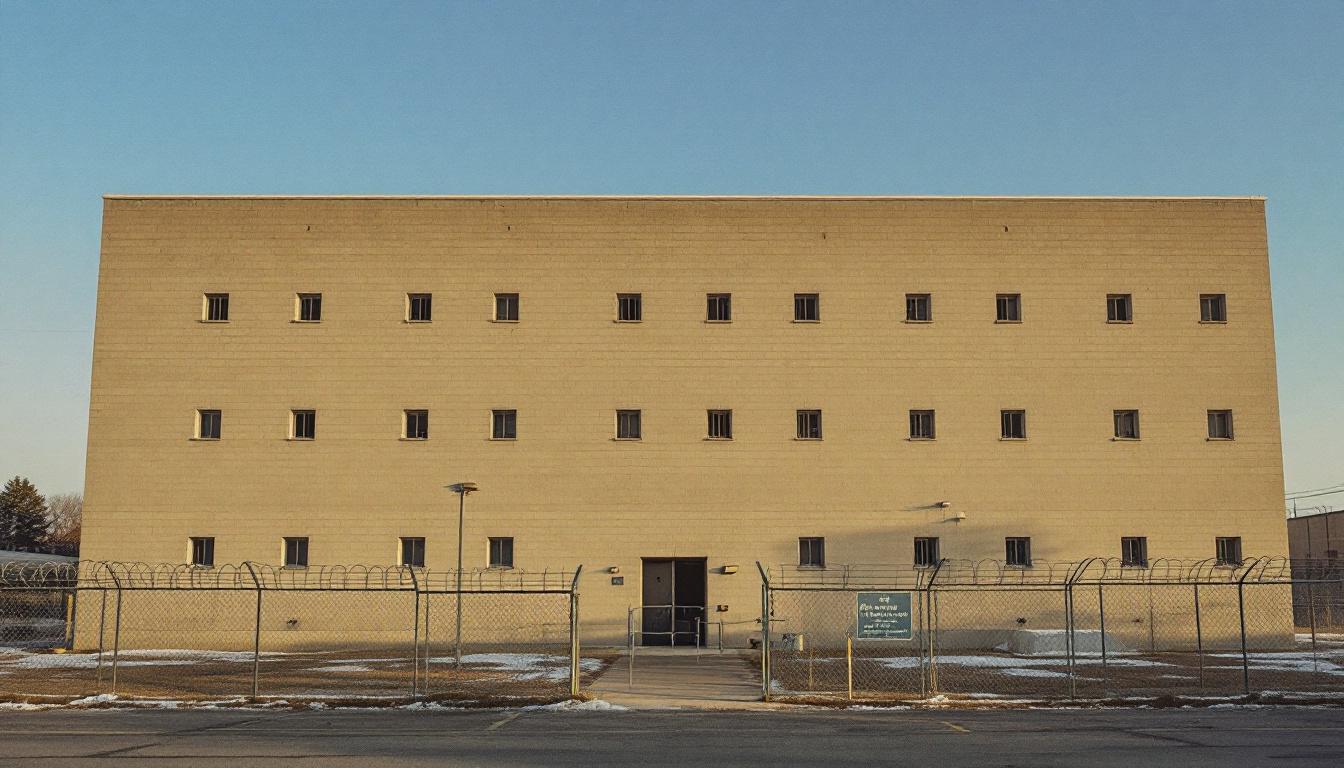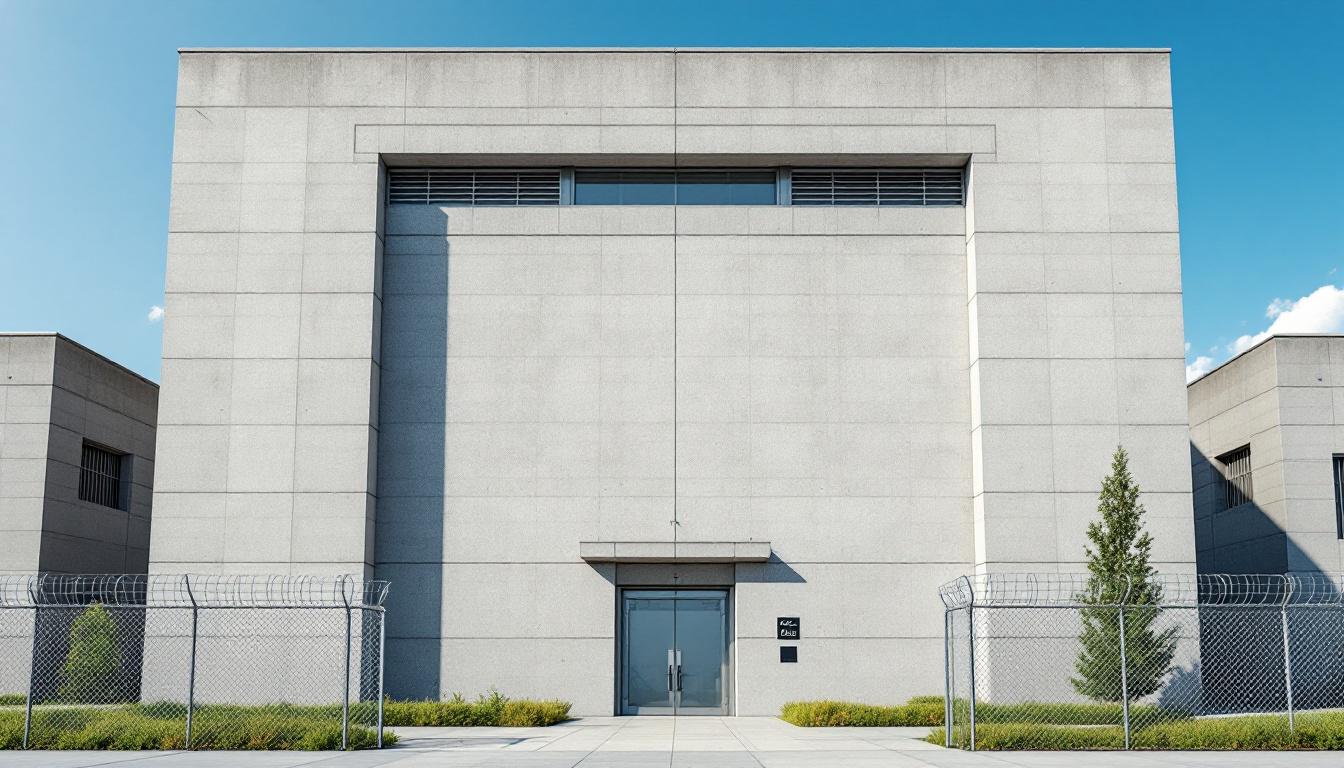
Quick Navigation
How to contact an inmate at FMC Lexington
This comprehensive guide will walk you through how to connect with an inmate at FMC Lexington. Follow the steps below to find an inmate and send letters and photos:
- Search for the inmate using our search tool below
- Create your account or log in to Penmate
- Write your message (up to 6,000 characters)
- Send instantly - inmates receive printed copies daily
Find an Inmate
Search for an inmate to start communicating today
Tip: You can search by first name, last name, or inmate ID number
To contact a person at FMC Lexington start by searching for the person on the official facility website. Perform a search by following these steps:
- Step 1: Enter their first name and last name into the search form and click "Search"
- Step 2: Locate their inmate record
- Step 3: Write down their Inmate ID and any housing information provided
Important! Be sure to enter the person's full name. Nicknames should not be used.
How to Send Messages to Inmates

You can use your phone or computer to send emails, letters, and photos to an inmate. Messages are sent electronically to inmate tablets or kiosks at the facility. If you would like to send a message, start by searching for an inmate at FMC Lexington.
Sending Photos and Postcards

A great way to send love and support to a loved one at FMC Lexington is to send photos and postcards. It only takes a few minutes to send photos from your phone and it makes a huge difference. You can also mail postcards with words of support and inspiration, or design your own postcard for special moments like birthdays and holidays.
Important! Be sure not to send any explicit photos or they may not be approved by the facility. You can also use a photo printing app like Penmate to make sure your photos are printed at the correct size (4x6 or 3x5) and are mailed according to the rules and regulations of FMC Lexington.
Frequently asked questions about FMC Lexington
-
How long does it take to deliver a message?
If you're sending an email message your letter is usually delivered within 24-48 hours. For messages sent via mail you should expect delivery within 3-7 days. All messages will need be approved by FMC Lexington.
-
How much does it cost to send a message to FMC Lexington?
You can send a message free using your phone or mail a message via USPS for the price of a $0.60 stamp and envelope. You can also purchase credits or e-stamps from services starting at $1.99.
-
What services can I use to contact an inmate at FMC Lexington?
Penmate
You can use Penmate to send letters and photos to an inmate from your phone. It's an easy way to stay in touch during your loved one's incarceration. Use the inmate locator to find an inmate's location and contact information, then you can send messages within a few minutes.
Securus messaging
Securus may be another option for communicating with an inmate at FMC Lexington. You can create a friends and family account and purchase credits to send messages. All messages will be reviewed and must be approved by the facility.
JPay
Some county jails and state prisons may support sending messages with JPay. You must register an account with the system, find your loved one, and purchase stamps to send messages. For some locations you can also attach photos.
Smart Jail Mail
You may also check if Smart Jail Mail is available at FMC Lexington. Smart Jail Mail is operated by Smart Communications and has contracted with some state and county jails. After purchasing credits, your messages and photos are sent to the facility, printed out, and then handed out to your loved one.
-
What is the mailing address of FMC Lexington?
Mailing address:
FMC Lexington
3301 Leestown Rd
Lexington, KY 40511
Phone: (859) 255-6812Business hours:
- Monday: 8:00 AM – 4:00 PM
- Tuesday: 8:00 AM – 4:00 PM
- Wednesday: 8:00 AM – 4:00 PM
- Thursday: 8:00 AM – 4:00 PM
- Friday: 8:00 AM – 4:00 PM
- Saturday: Closed
- Sunday: Closed
-
What are the visiting hours at FMC Lexington?
Visiting hours at FMC Lexington vary by housing unit and security level. Generally, visits are scheduled on weekends and holidays, with some facilities offering weekday visits. Contact the facility directly at (859) 255-6812 or check their website for the current visiting schedule. Visits typically last 30-60 minutes and must be scheduled in advance.
-
What items are prohibited when sending mail to FMC Lexington?
Prohibited items typically include: cash, personal checks, stamps, stickers, glitter, glue, tape, staples, paperclips, polaroid photos, musical or blank greeting cards, hardcover books, magazines with staples, and any items containing metal or electronics. Only send letters on plain white paper with blue or black ink. Photos must be printed on regular photo paper (no Polaroids). Always check with FMC Lexington for their specific mail policies.
-
How do I send money to an inmate at FMC Lexington?
You can send money to an inmate at FMC Lexington through several methods: 1) Online using JPay, Access Corrections, or the facility's approved vendor, 2) Money orders mailed directly to the facility with the inmate's name and ID number, 3) Kiosks located in the facility lobby, or 4) Over the phone using a credit or debit card. Fees vary by method, typically ranging from $2.95 to $11.95 per transaction.
-
Can I schedule a video visit with an inmate at FMC Lexington?
Many facilities now offer video visitation as an alternative to in-person visits. At FMC Lexington, video visits may be available through services like Penmate, Securus Video Connect, GTL, or ICSolutions. Video visits typically cost $10-20 for 20-30 minutes and must be scheduled in advance. You'll need a computer or smartphone with a camera and reliable internet connection. Contact the facility for their specific video visitation policies and approved vendors.
-
What identification do I need to visit an inmate at FMC Lexington?
All visitors must present valid government-issued photo identification such as a driver's license, state ID, passport, or military ID. Minors must be accompanied by a parent or legal guardian who can provide the minor's birth certificate. Some facilities require visitors to be on the inmate's approved visitation list, which may require a background check. Contact FMC Lexington for specific ID requirements and visitor approval procedures.
-
How can I find out an inmate's release date?
To find an inmate's release date at FMC Lexington, you can: 1) Use the online inmate search tool if available, 2) Call the facility's records department, 3) Contact the inmate's case manager or counselor, or 4) Have the inmate provide this information during a call or visit. For privacy reasons, some facilities only release this information to immediate family members.
Facility Overview
Official Website

About FMC Lexington
Nestled within the community of Lexington, Ohio, this federal medical center serves as a vital component of the state's broader correctional infrastructure, focusing primarily on providing specialized healthcare services to residents while maintaining strong connections to the surrounding region. The facility's strategic location in the Midwest allows it to effectively serve the medical needs of individuals within the federal correctional system, offering comprehensive care that extends beyond basic healthcare to encompass rehabilitative services designed to support successful community reintegration.
FMC Lexington, KY operates with a clear emphasis on preparing residents for their eventual return to society through evidence-based programming and therapeutic interventions. The facility typically provides educational opportunities, vocational training, and substance abuse treatment programs that address the underlying factors contributing to criminal behavior. Mental health services and medical care form the cornerstone of operations, with qualified healthcare professionals working to address both acute and chronic conditions. These residents services are complemented by programs that may include job readiness training, life skills development, and counseling services that help individuals build the foundation necessary for productive citizenship upon release.
As an OH correctional facility with medical specialization, the institution plays a crucial role in supporting the state's commitment to rehabilitation-focused corrections. The facility generally maintains connections with local healthcare providers and community organizations to ensure continuity of care and support services that extend beyond incarceration. Through its comprehensive approach to addressing both medical needs and behavioral change, this correctional facility contributes to broader public safety goals while providing residents with the tools and treatment necessary to break cycles of recidivism and build meaningful lives in their communities.
Programs & Services
Educational initiatives form the cornerstone of rehabilitation efforts, encompassing comprehensive literacy programs that may deliver foundational reading and writing skills alongside advanced academic coursework. These structured learning opportunities typically include GED preparation classes, adult basic education, and post-secondary correspondence courses that enable residents to pursue higher education credentials. The educational framework often emphasizes individualized learning plans, allowing participants to progress at their own pace while building essential cognitive skills that prove invaluable upon reintegration into their communities.
Vocational training initiatives complement academic pursuits by providing residents with marketable skills across various industries. These hands-on programs may deliver specialized instruction in areas such as culinary arts, construction trades, computer technology, and manufacturing processes. Moreover, job readiness workshops typically accompany technical training, covering essential workplace competencies including resume writing, interview techniques, and professional communication skills. Such comprehensive vocational preparation often includes partnerships with local employers who may offer employment opportunities to qualified graduates.
Therapeutic and support initiatives address the underlying factors that often contribute to criminal behavior through evidence-based interventions. Anger management programs may deliver cognitive-behavioral strategies that help residents develop healthier coping mechanisms and conflict resolution skills. Recovery services typically encompass substance abuse treatment, including both group counseling sessions and individual therapy components. Moreover, innovative animal care programs often provide residents with opportunities to develop empathy, responsibility, and nurturing behaviors while caring for shelter animals or participating in service animal training initiatives, creating meaningful connections that support emotional healing and personal growth.
Daily Life & Visitation
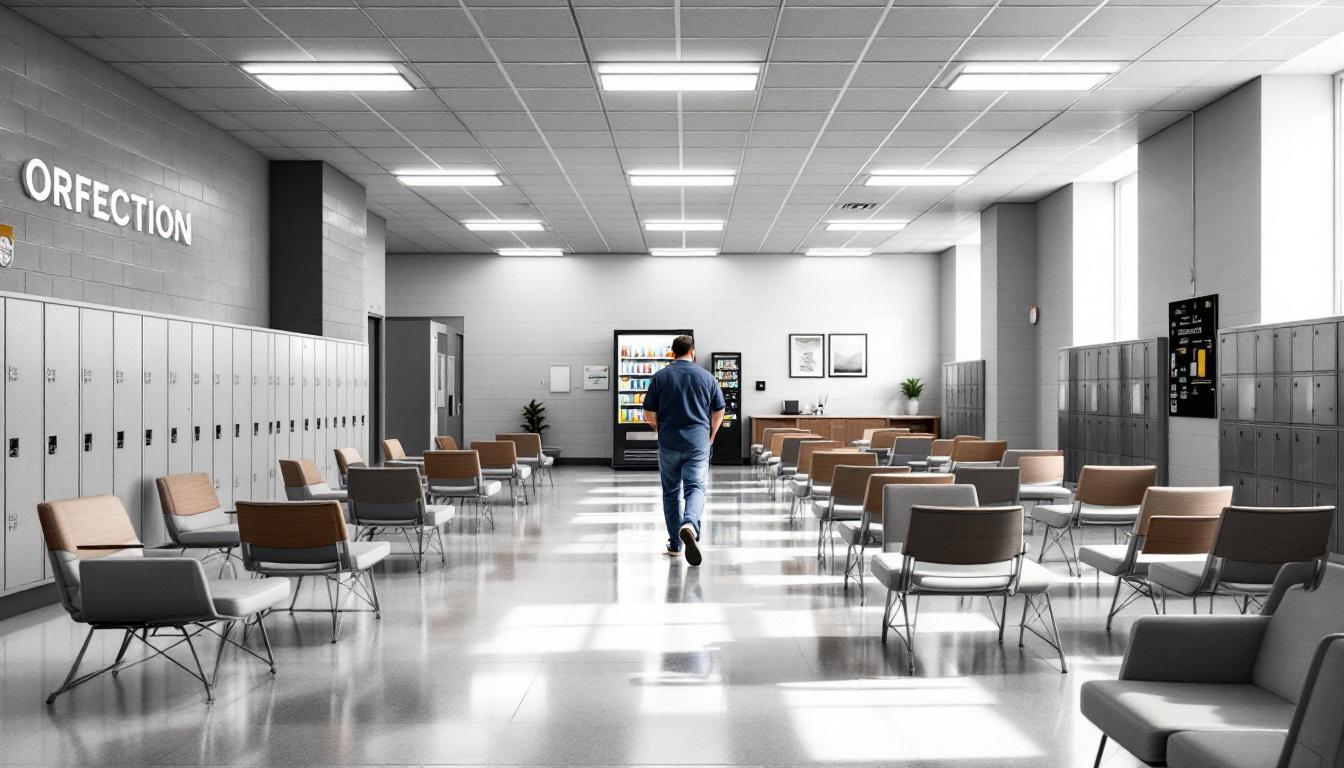
The steady rhythm of wake-up calls and scheduled activities now anchors each day, creating a predictable framework that many residents find helps them navigate their time more effectively. This structured approach to daily living typically begins with early morning routines and continues through carefully organized periods for meals, work assignments, recreation, and personal time. The consistent scheduling regularly provides residents with clear expectations and helps establish productive habits that can extend beyond their current circumstances.
Living accommodations at the facility generally consist of shared housing units where residents maintain personal spaces within a community environment. These living areas typically include basic furnishings and storage for approved personal belongings, while common areas provide spaces for social interaction and relaxation. Meals are usually served in designated dining facilities at scheduled times, offering residents opportunities for social connection alongside structured nutrition. Moreover, the commissary system allows residents to purchase approved personal items and food products to supplement their daily needs, helping them maintain some personal preferences within the institutional setting.
The facility typically delivers various recreational and educational programming options that help residents develop skills and maintain physical wellness. Exercise opportunities may include outdoor recreation areas, fitness equipment, and organized sports activities, whereas work assignments often provide residents with valuable job skills and daily structure. Family connections remain important through scheduled visitation periods and approved communication methods, which generally include phone calls and correspondence. These programs and connections work together to create a comprehensive daily experience that balances security requirements with opportunities for personal growth and maintaining relationships with loved ones outside the facility.
Ready to Connect?
Start communicating with your loved one today
Search for an Inmate
